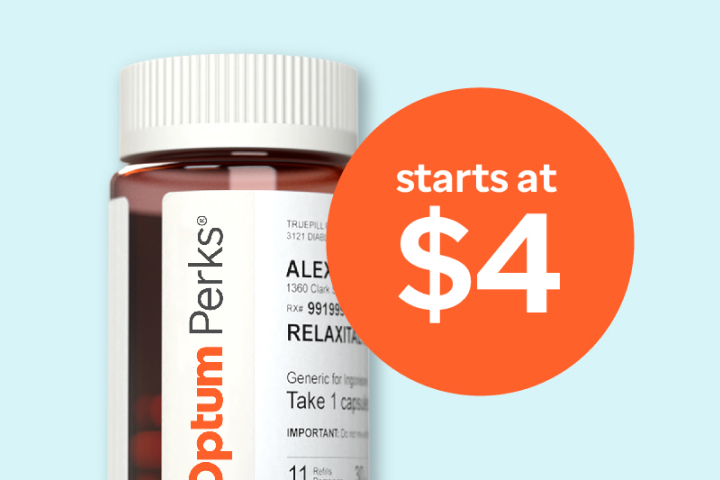You may experience heat exhaustion if your body does not have enough water and salt. This can occur if you are spending a long time outdoors in the sun and are sweating a lot. It is often milder than heat stroke and may develop several days after your initial exposure to the sun.
If you are experiencing heat exhaustion, you’ll typically start to feel better after 30 minutes to 1 hour. If your symptoms do not disappear or you do not cool down after this time, seek medical attention.
What are the symptoms of heat exhaustion?

Heat exhaustion happens when your body gets too hot. This excess heat can damage your organs.
According to the Centers for Disease Control and Prevention (CDC), certain factors will put you more at risk of experiencing heat exhaustion.
These include:
- being an older adult
- having high blood pressure (hypertension)
- frequently working in a hot environment
Symptoms that occur as a result of heat exhaustion or heat stroke are serious if you do not address them quickly. The first symptom you may notice is likely to be muscle cramping. These muscle cramps are a response to the low levels of salt that heat exhaustion causes.
You may also experience a quickening pulse, which can cause you to feel like you cannot take any deep breaths.
Symptoms to look for if you suspect you are experiencing heat exhaustion include:
- headaches
- extreme thirst
- not urinating frequently
- dark urine
- nausea
- clammy skin
- fainting
- muscle cramps
- dizziness
- extreme sweating
- weakness
- irritability
- very warm body temperature
What is the typical duration of heat exhaustion?
If you are experiencing heat exhaustion, you should typically start to feel better after 30 minutes to 1 hour. If your symptoms do not disappear or you do not cool down after this time, seek medical attention.
Prolonged symptoms from heat exhaustion can put you at risk of a medical emergency, as it may progress into heat stroke.
Symptoms of heat stroke include:
- a very high body temperature
- a fast heartbeat
- seizure
- loss of consciousness (passing out)
- hot and red skin
- not sweating
- confusion
- dry or damp skin
If you think you may be experiencing heatstroke, it is vital that you seek medical help immediately.
What factors can affect recovery time?
Several factors can increase your chance of developing heat-related illnesses like heat exhaustion. These factors can also increase your risk of experiencing prolonged symptoms of heat exhaustion or more severe symptoms.
These include:
- being a child below 4 years of age
- being 65 years of age or more
- already feeling unwell
- consuming alcohol in hot conditions
- having overweight
Taking certain medications can also cause you to be at an increased risk of experiencing heat exhaustion. These include:
- antihistamines, such as diphenhydramine (Benadryl)
- anticholinergics, such as atropine, diphenoxylate (Lomotil), and benztropine (Cogentin)
- calcium channel blockers, such as amlodipine (Norvasc) and diltiazem (Cardizem
- diuretics, such as bumetanide (Bumex)
If you need help covering the cost of medications, the free Optum Perks Discount Card could help you save up to 80% on prescription drugs. Follow the links on drug names for savings on that medication, or search for a specific drug here.
